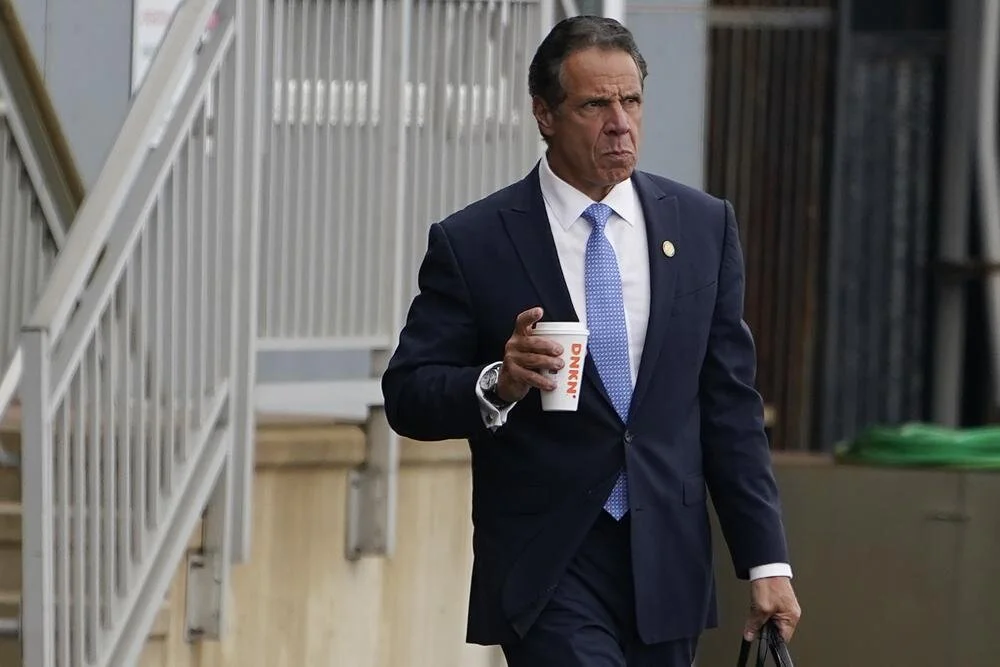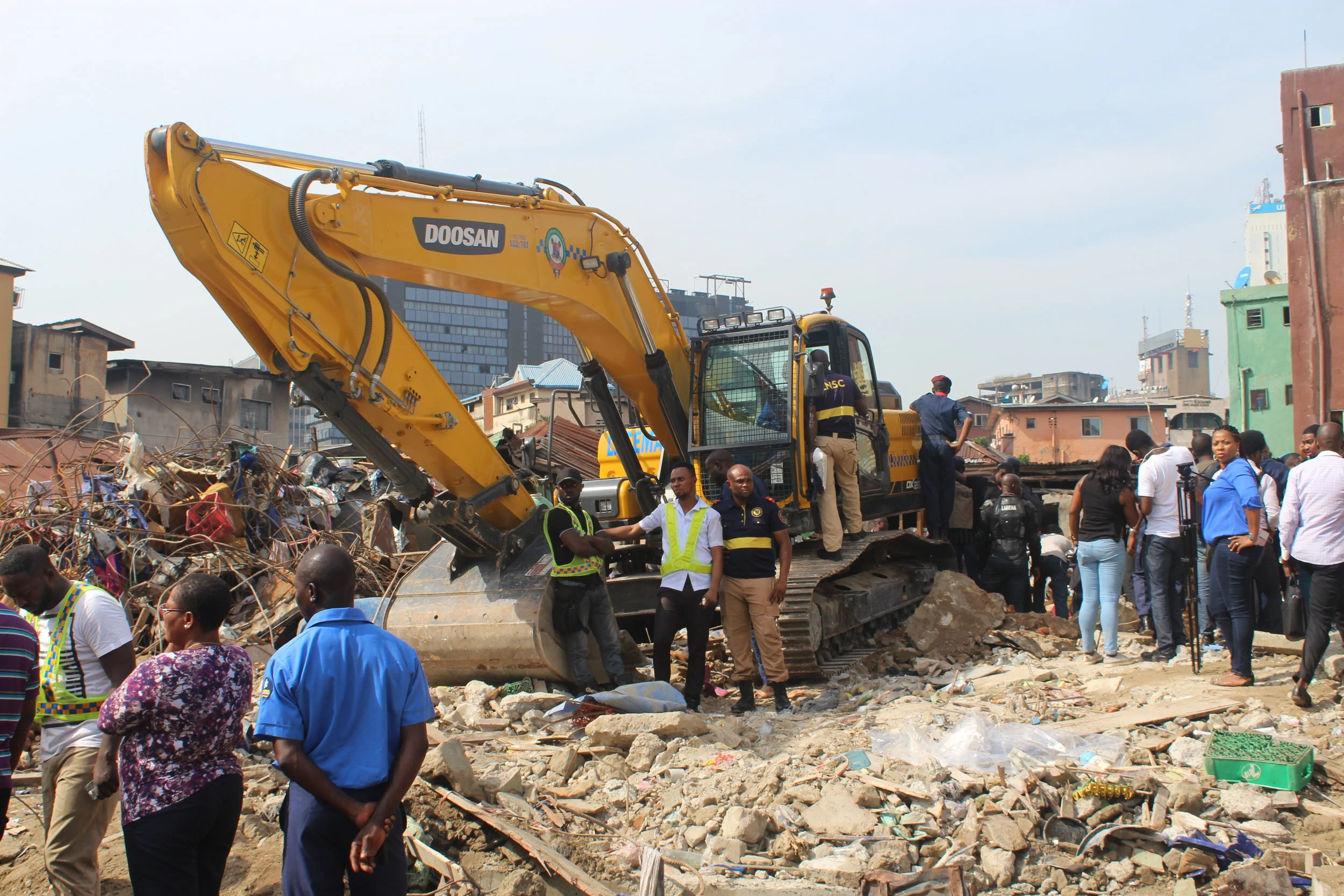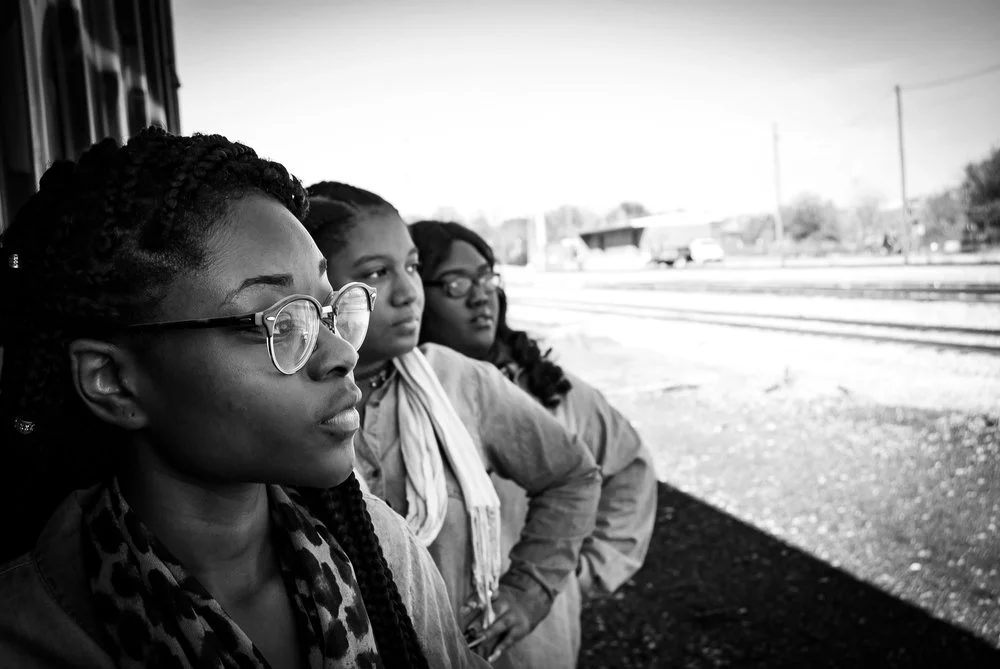20 confirmed dead, mostly children, in Lagos building collapse
The aftermath of Wednesday’s three-storey building collapse in Ita Faaji, Lagos Island
Photo: Shayera Dark
LAGOS — When Dayo Adedoyin dropped off her six-year old twins at Ohel nursery and primary school on Wednesday morning, little did she know of the calamity that awaited them: The three-storey building which housed their school would collapse an hour later.
Speaking mostly in monosyllables, a distraught Adedoyin said her daughter was currently receiving medical treatment.
She doesn’t remember when exactly the rescue team pulled her two kids from the wreckage, but her face bore the evidence of loss. Her son didn’t survive.
Dayo Adedoyin lost one of her twins when the school they attended caved in.
Photo: Shayera Dark
One day after tragedy struck Ita Faaji, a subrurb in Lagos Island, Nigeria, a sizeable crowd and a coterie of rescue officials stood around the ruins, waiting in the hope of finding more survivors, even as the sole tractor on the scene lay dormant. Hours later, Lagos state government officially declared the search and rescue mission over.
Health officials confirm 54 people have been rescued so far. Of the twenty confirmed dead, most are children, according to Lagos Health Commissioner Jide Idris. The wounded were taken to nearby hospitals in the area.
The building that housed the school Adedoyin’s children attended also contained a business and residential units.
Lekun Amu’s friend of thirty years lived in one of the apartments and was home when the building caved in.
“I saw him when they brought him out,” Amu said, recalling the incident. “He was already dead.”
He was at work when he heard the building had fallen and rushed to the scene. According to him, residents were using their hands to search for survivors before rescue team arrived an hour later. His friend’s body was recovered from the rubble later that afternoon.
Lekun Amu’s childhood friend didn’t survive the wreckage
Photo: Shayera Dark
Amu’s neighbours upstairs were receiving guests who had come offer condolences. He, too, was on his way to pay his friend’s mother a similar visit.
In a statement, Lagos State governor Akinwunmi Ambode said the school had been operating illegally in what should solely have been a residential building. He also stated property owners in the area had defied the demolition notices, adding that most of the buildings in the area had been marked for destruction.
While the cause of the collapse remains unknown, Ita Faaji residents say it was marked for demolition a year ago, faulting government nonchalance for the disaster.
Vice chairman of the Nigerian Institution of Safety Engineers, Dave Nwosu, said it was in the interest of public safety for government agencies responsible for assessing the tenability of buildings to act swiftly to prevent catastrophes.
“It’s a sad commentary that the building was marked for demolition, but it wasn’t carried out,” he said.
Nwosu cited substandard construction materials, excessive foot traffic, and poor workmanship as reasons for the prevalent disintegration of buildings in Nigeria.
Reports of buildings collapsing across Nigeria are not rare. Construction regulations are often lax, and it’s not uncommon to find damp or cracked walls in structures nearing completion.
In 2014, the Synagogue Church of All Nations building collapsed in Lagos, leaving 116 dead. And in 2018, over 10 people died following the fall of a seven-storey building in Rivers State’s capital Port-Harcourt.
Part of my additional reporting for Aljazeera.
You May Also Like












